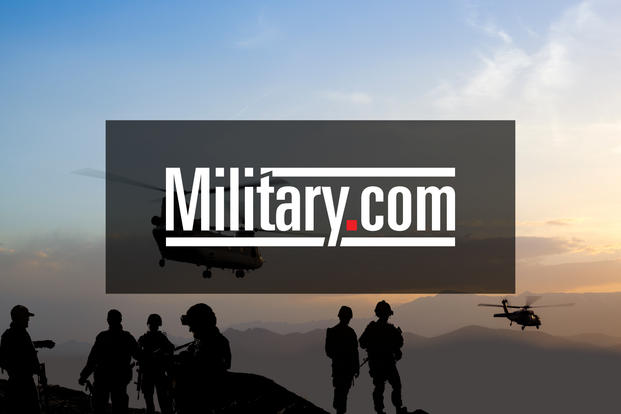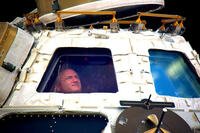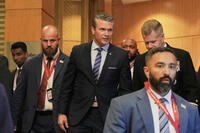You may have seen them standing beside President Donald Trump at recent news conferences: people in uniforms that looked vaguely familiar, but not quite the same as military uniforms. Who are they, and why are they in those strange uniforms?
First of all, they are the same uniforms worn by Navy officers, although with different insignia. And those good folks are members of a division of the U.S. Public Health Service (USPHS) -- specifically the United States Public Health Service Commissioned Corps (PHSCC) -- which, as the name states, is comprised of commissioned officers. The USPHS itself is a division of the Department of Health and Human Services; the head of the service is Adm. Brett P. Giroir, the assistant secretary for health, who holds a four-star rank.
The PHSCC is a uniformed service of the U.S. government, just like the military. In fact, its members are eligible for all the same benefits as active-duty military and veterans. They are also subject to the Uniform Code of Military Justice (UCMJ).
These officers are often the first to deploy to danger zones, serving in the front lines of public health by treating the very ill and researching communicable diseases. They also have day jobs doing medical and scientific research, serving in hospitals and health clinics, or conducting health and medical inspections on our borders. In fact, the PHSCC officers are on-call to deploy within 12 hours as necessary, and besides augmenting the military health service in places like Afghanistan, they serve alongside civilian medical personnel in disaster areas such as the World Trade Center on Sept. 11, 2001; during hurricane flooding in the Southeast; and nearly 800 other times in the last 10 years.
The PHSCC traces its beginnings to 1798, when the U.S. Marine Hospital Service was formed to protect against the spread of disease from sailors returning from foreign ports and to maintain the health of immigrants entering the country. The mission has changed throughout the years but remains focused on maintaining the nation's public health.
There are currently more than 6,500 members of the PHSCC, serving in 11 professional categories:
- Dentist
- Dietitian
- Engineer
- Environmental health officer
- Health service officer
- Nurse
- Medical officer
- Pharmacist
- Scientist
- Therapist (including physical, occupational, speech, respiratory)
- Veterinarian
U.S. Surgeon General Jerome Adams holds the equivalent military rank of vice admiral (O-9) and is normally the public face of the service, speaking to the media and overseeing the service's daily operations.
Officers in the PHSCC work in a variety of federal agencies throughout the Department of Health and Human Services, including the Indian Health Service, Centers for Disease Control and Prevention, and National Institutes of Health, as well as other federal agencies, such as the Federal Bureau of Prisons, Defense Department, and Immigration and Customs Enforcement.
Entry into the service normally requires a medical degree and medical license in a qualifying specialty. Since the service is small, competition to gain entry is fierce; the process to become a commissioned officer may take up to a year.
Unlike their military counterparts, PHSCC officers have no requirement to move every few years. However, like in the military, many promotions are dependent on a member's willingness or ability to relocate.
PHSCC members are eligible for the same benefits as their military cohorts, including Tricare, retired pay, VA home loans, the GI Bill, VA disability compensation, special pay and allowances.
Want to Learn More About Military Life?
Whether you're thinking of joining the military, looking for fitness and basic training tips, or keeping up with military life and benefits, Military.com has you covered. Subscribe to Military.com to have military news, updates and resources delivered directly to your inbox.
This story has been updated to reflect the nature of the U.S. Public Health Service and a clarification on uniforms.
















